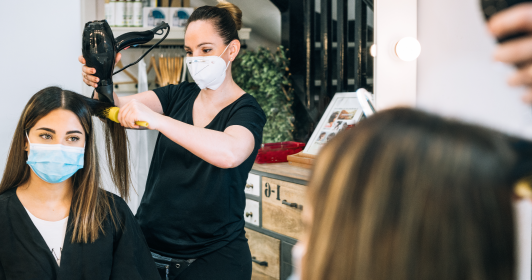
Keeping Athletes Safe in Summer Heat
, by Dr. Jeff Pearl, MD, 3 min reading time

, by Dr. Jeff Pearl, MD, 3 min reading time

A parent’s worst nightmare. Every summer we are saddened by a report of a high school or college athlete dying from heat stroke during or after a summer workout. While this can occur in any climate, a desert climate such as Arizona creates a hostile environment. If one is not careful it could result in heat exhaustion or heatstroke. So how can we as parents, coaches, and trainers protect our young athletes? The answer is simple: hydration, pre-hydration, post hydration, and more hydration. Think of the body as a car engine. The heat of the engine (our muscle activity) is cooled by fluid (antifreeze) going through a radiator (our skin). Air passes over this radiator and results in cooling. However, unlike a car engine where the fluid is contained and stays constant, our skin cools us by evaporation from its surface resulting in a net loss of fluid. Furthermore, the human body produces excess sweat and not all of it participates in convective heat loss. From this scenario, one can see that without adequate fluid intake or replacement, the cooling mechanism becomes ineffective, resulting in the body overheating. This is similar to what happens to your car engine when you forget to refill the coolant and drive on a hot day. The hot ambient temperature makes evaporative cooling less effective than cooler air would be. Unfortunately, once an athlete becomes dehydrated, and the cooling mechanisms become inefficient, a vicious cycle sets in. More heat is generated, less cooling takes place, and more dehydration and heat retention ensues. If caught early, heat exhaustion may happen, but in some cases, heatstroke with the inability to regulate body temperature may occur. This could potentially result in death.
So how do we avoid this? Again the first step is hydration. It is sometimes difficult to maintain adequate hydration in the midst of a workout. This makes it even more important that one is fully hydrated before and after exercise. The ultimate goal is to maintain normal body heat by utilizing our own physiologic mechanisms of heat loss such as evaporation and sweating. Frequent breaks to hydrate and to get into the shade and out of the direct sun are important. Know your body and understand when it’s telling you that something is wrong. Don’t try and be macho. Everybody is different and just because one person is more tolerant on a particular day does not mean anything. It is ultimately your health, your body, and your life. Tell the coach if you’re not feeling well. They may not notice on their own but certainly they want you to be safe and live to play another day. There are a few signs you can monitor yourself related to your hydration status. Be conscious of how often you go to the bathroom, and whether your urine is pale and clear, or very dark and concentrated. If you feel like you have a fever, or you check your temperature after a workout and it is either elevated or lower than normal, seek medical help immediately.
A few tips to stay cool and avoid heat related injury:
Here’s to your health, and your personal victories!


![PRōZE Review [2020 Update]](http://hihealth.com/cdn/shop/articles/cbd_insider_article_graphic_featured_image-11.jpg?v=1591495027)